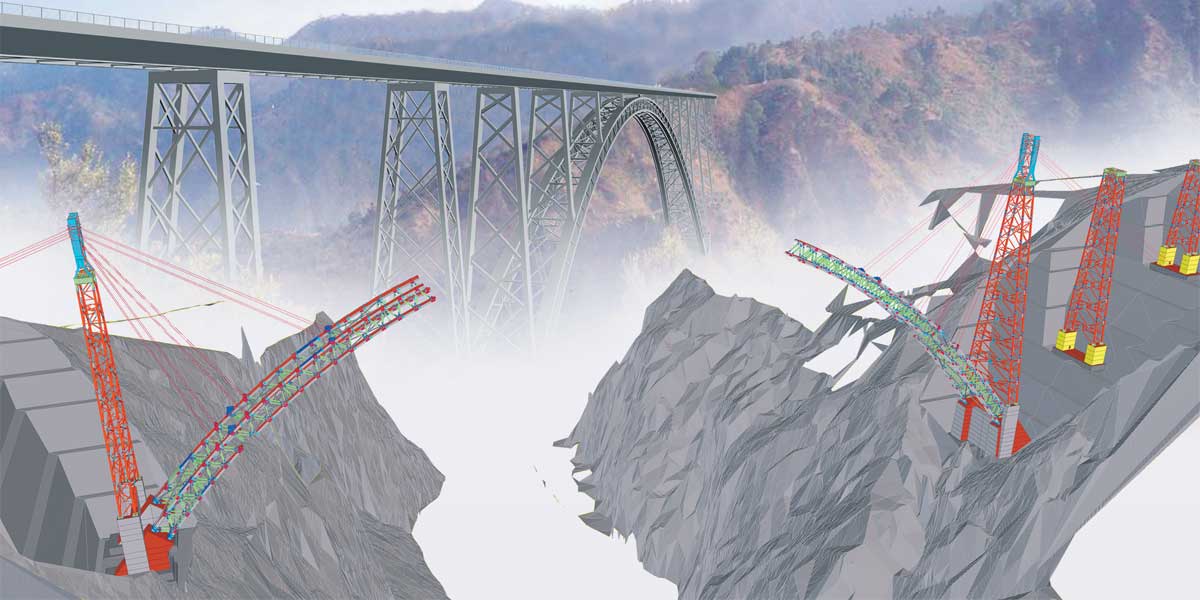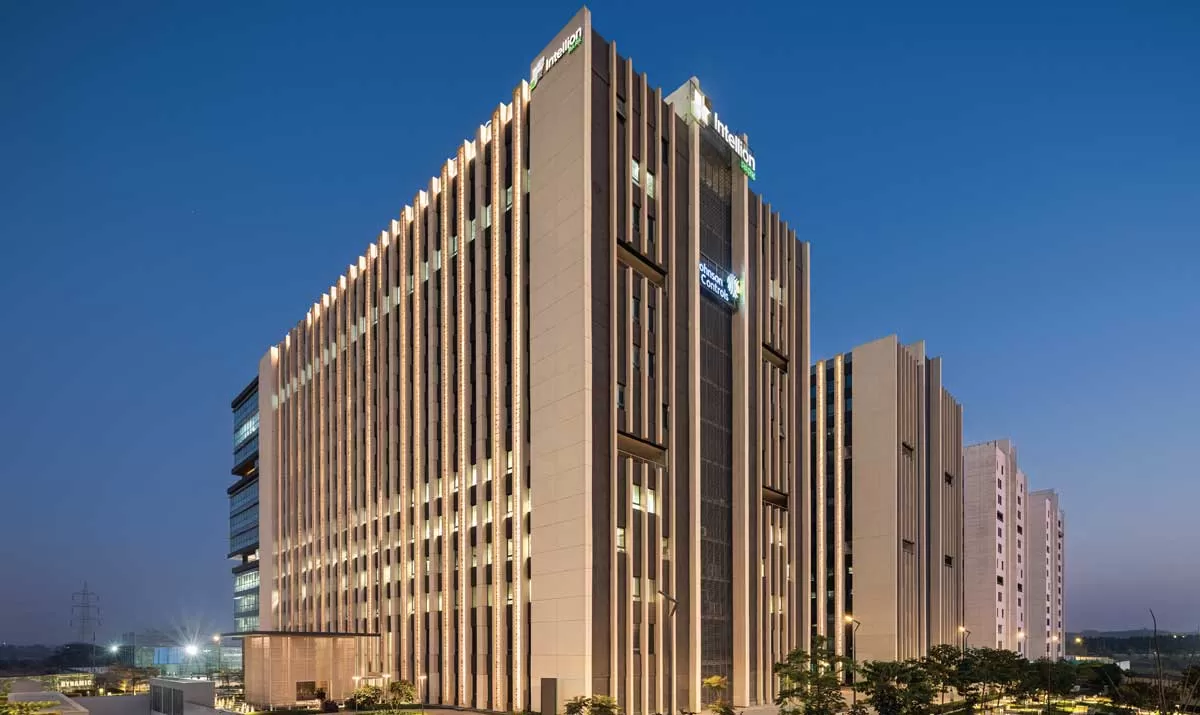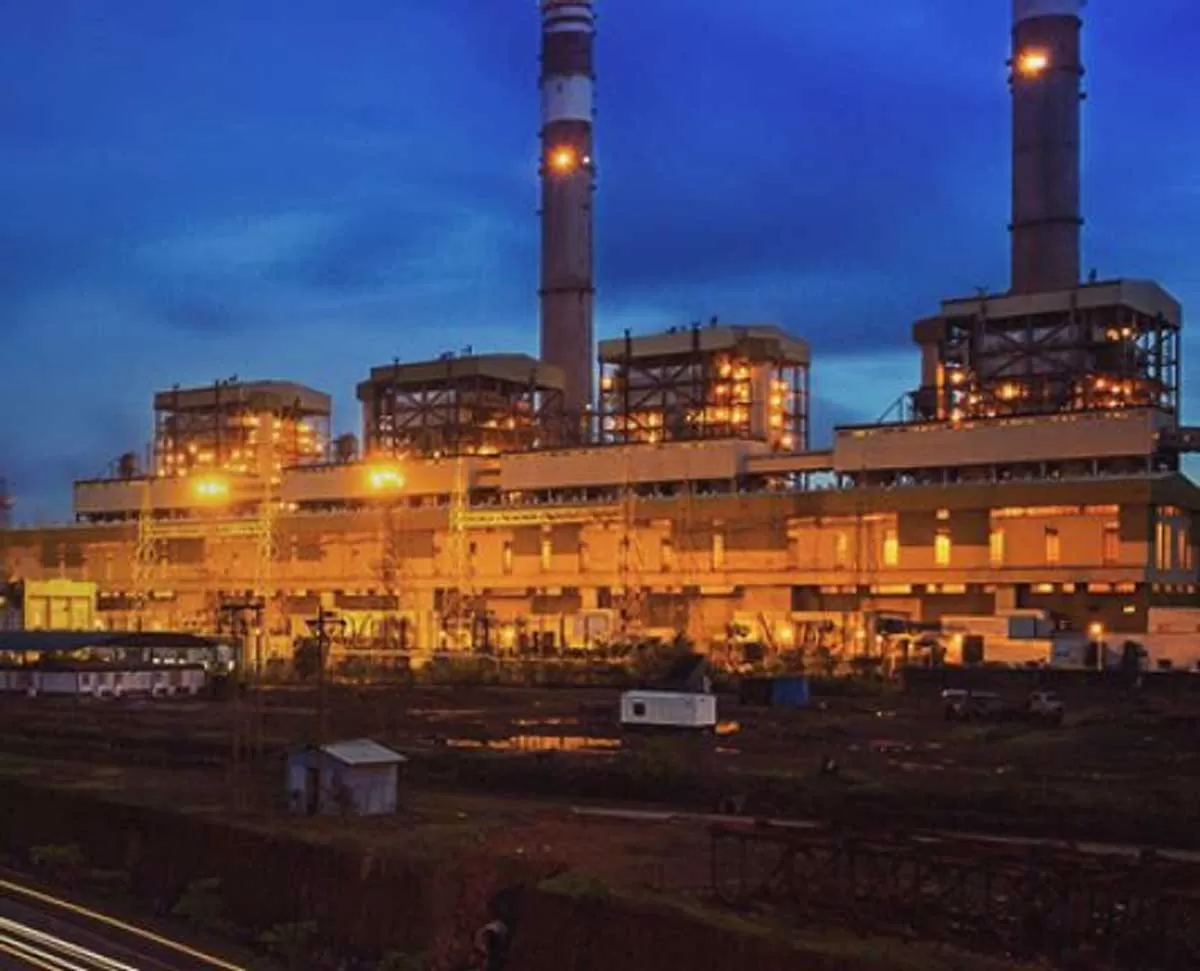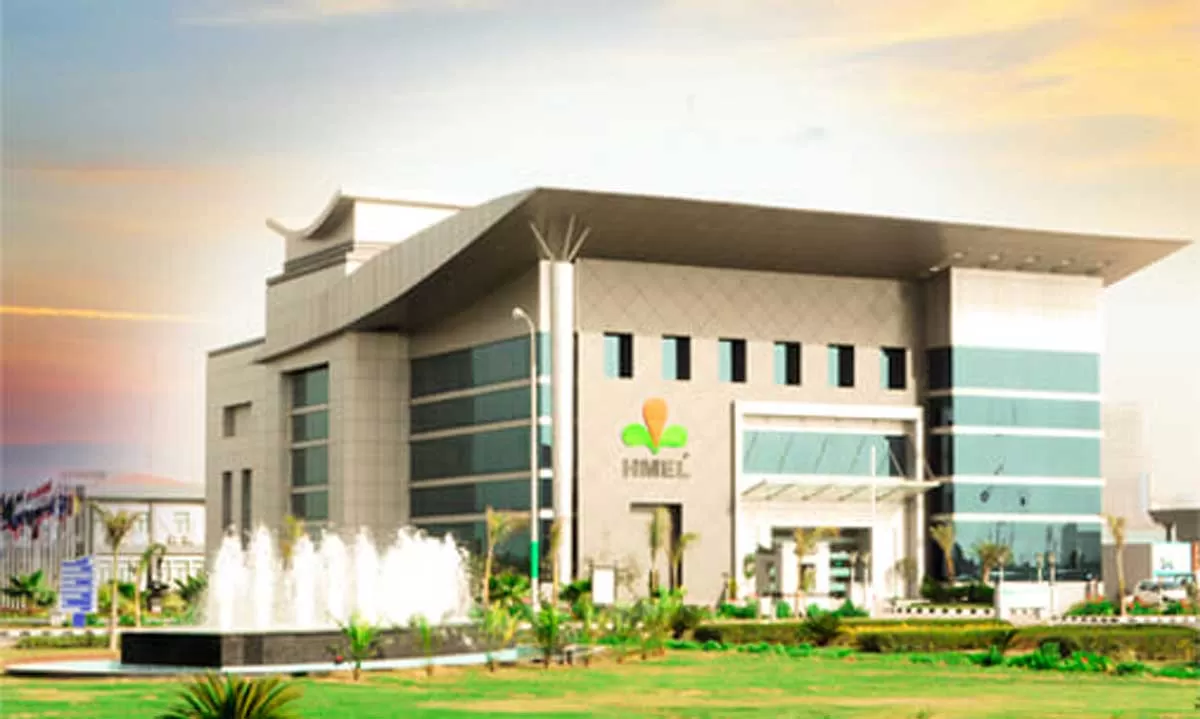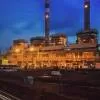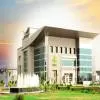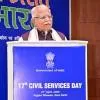While digital India grows stronger, the construction industry stands out by shying away from technology.
Why?
Common reasons cited are that contractors in India are cost-conscious and work on thin margins while technology is expensive. Or, contractors are less aware of the endless possibilities and benefits technology presents. Or, even that “construction has been a grey area in the sense that the sector has been very ‘cash flow’ dependent compared to other sectors such as, say, logistics or medicine, where transactions mostly happen through a bank,” to quote Prabh Paul, Partner, Tracecost, a construction management solution. “Often those engaged in such transactions don’t desire transparency. Unless this changes, the adoption of tools enabling the monitoring of assets (including cash) will not pick up.”
In this context, government orders mandating the adoption of technology for infrastructure projects come as a welcome change. Such orders are being prompted by the increasing number of mega complex projects being tendered, which need to be closely monitored from design to execution.
The management of large infrastructure projects is a dynamic exercise, agrees Sandeep Shisodia, President and COO, Invento Labs, a software company. “On such sites, the status of machinery, materials, manpower, plans and schedules is always changing; so, they need real-time monitoring, the daily capture of essential information for managers to make informed decisions.”
Essentially, checking in once or twice a month is not enough to ensure a project stays on track. If managers don’t keep an eye on the ball, projects get delayed and incur extra costs, a common scenario in India.
“Statistics demonstrate that over 90 per cent of Indian projects face significant delays leading to around 20-25 per cent cost overruns, which shows the need to step up the use of technology in construction,” adds Venu Laxman, Vice-President - Operations, India, Katerra.
That said, the future looks bright.
Prime Minister Narendra Modi declaring 2019-2020 as the ‘Year of Construction Technology’ has pushed the large-scale adoption of cutting-edge technology for the execution of commercial real estate as well as infrastructure projects, according to Jayant Keswani, Director - Marketing, India & Middle East, Trimble Buildings. “Some landmark programmes like Sagarmala, Bharatmala, the Mumbai Trans Harbour Link and the Setu Bharatam project, to name a few, are using advanced technologies including Cloud-based software solutions to optimise processes for speedy and effective construction.”
Mass affordable housing projects for the Bhubaneshwar Development Authority by Inventaa Industries; the construction of metros in Delhi, Chennai, Hyderabad and Pune; and the development of the Dedicated Freight Corridor Corp and high-speed rail projects are using Trimble’s software solutions.
Chenab Bridge in Jammu & Kashmir, which will be the world’s tallest railway bridge on completion, is using building information modelling (BIM) technology. The bridge is located in difficult terrain, which necessitates special attention to schedule compliance, technical excellence and logistical management, and the management of the detailing of about 25,000 tonne of steel.
Interestingly, BIM has been mandated by authorities such as the Airports Authority of India (AAI), Central Public Works Department (CPWD) and many metro-rail projects, says MK Sunil, Head of Architecture, Engineering and Construction, Autodesk, India & SAARC. “For instance, BIM was included in the RFP of Bangalore International Airport.”
To think that when L&T built Delhi International Airport in 2006, it opted to use BIM of its own accord to speed up implementation!
“We have come a long way in the last decade or so,” says Sunil, with a greater number of contractors being aware that a team can deliver a better return on investment (ROI) and twice as much work by using BIM instead of more commonly used 2D process.
In particular, Shisodia feels two kinds of companies are leading the adoption: “Fast-growing companies with a shortage of manpower and large companies trying to become more system and process-driven instead of people-driven.”
Here’s a look at what they’re using and what else is on offer—get inspired!
Site surveys
A drone is technically an unmanned aerial vehicle offering a bird’s-eye view of an area. Drones play a role in design in facilitating accurate site surveys of proposed building (or mining) sites. The site data picked up by a drone has an error margin within 10 cm, which makes the data very useful for design, shares Tushar Bidawe, Manager, Enterprise Applications, IdeaForge. “An AutoCAD plan can be superimposed on site data picked up by a drone for a realistic view of the proposed structure.”
What’s more, “surveying a site with a drone is much faster than traditional methods,” shares Bidawe. “In a pilot study for Tata Steel in Jamshedpur, a drone surveyed 1 sq km in 40 minutes while the traditional physical survey took a week. In a hilly region, the drone becomes even more useful.”
As for the cost, a basic drone costing Rs 500,000 is comparable to the cost of traditional survey equipment but this would have the ability to be airborne for only 40 minutes on one charge while drones costing up to Rs 60-70 lakh can stay airborne longer, he adds.
Roads, irrigation and mining are some areas that could benefit from drones, points out Bidawe. “Hindalco Birla, Adani, Dalmia Cement in mining and L&T in construction are using drones. Survey of India is using drones in a big way to map the entire country.”
Another surveying tool is LiDAR (light detection and ranging), an active remote-sensing technology, terrestrial, aerial or mobile, using its own source of energy to emit millions of laser point clouds. Based on their reflection, it measures coordinates of objects in 3D. It helps conduct geological surveys quickly, economically and accurately, obviating the need for site visits and rework.
LiDAR came in extremely handy for L&T to survey the site for the iconic Statue of Unity, about 7-8 km of the Narmada riverbed, a total area of 9 sq km. “We completed in a matter of a few weeks a survey that would have taken months with traditional methods,” says S Anantha Sayana, Chief Digital Officer, L&T.
L&T had to survey nearly 4,500 sq km of hilly tracts and huge farmlands for two widespread micro-irrigation projects that are part of the Indira Sagar Project in Madhya Pradesh at the villages Parwati and Kalisindh. “We used aerial LiDAR for this survey, fitted onto the nose of a helicopter while the survey team simultaneously worked to establish ground control points and make assessments using differential global navigation satellite systems technology,” shares Sayana. “The control points were finalised after aligning them to the Survey of India standards and further enhanced by the accuracy of the LiDAR data.”
BIM
Architecture, engineering and construction (AEC) professionals need to think about the data they create and how the information is shared across different stakeholders to ensure everyone looks at current data and has access to a single source of truth, explains Sunil.
BIM is the answer to this need.
BIM is commonly thought of as a 3D design tool, adds Sunil. “However, it is a process where AEC professionals get the insights and tools to more efficiently plan, design, construct and manage buildings and infrastructure.” It removes errors, delays and wastage arising from discrepancies in drawings and delivers a coordinated set of information for construction.
BIM and other visualisation software cuts out costly mistakes and rework traditionally faced by developers by over 75 per cent, estimates Laxman.
“By working in a BIM 3D environment, you reduce the time taken to rework drawings by more than 80 per cent,” shares Ramyo Dey, General Manager, Planning & Design, Terminal 2, Bangalore International Airport Limited (BIAL). “We have curtailed the time to rework the project by over 70 per cent.”
Dey estimates that BIM contributes a minimum 10 per cent saving in project costs by better planning and scheduling.
And Sunil reckons BIM helps save about 10-20 per cent of the cost of a construction project. After construction, the same digital-enriched model with specified construction material information can be seamlessly passed on to operation of the facility digitally.
What’s important is for the solution to be adopted from the start.
Recognising the complexity of the Chenab Bridge project, Konkan Railways deployed Tekla Structures, crucially, “from the very beginning of the project,” observes Keswani. “All the structures, temporary cables and related anchoring towers were modelled in Tekla Structures. Thereafter, the solution is assisting the bridge construction process across the construction lifecycle; empowering teams by making information available; improving efficiency and productivity and minimising the need for any rework; and improving coordination and collaboration between stakeholders, teams, phases and processes.”
Deploying Tekla involves the cost of software, training, users and collaboration. Industry sources usually peg IT costs at 1-2 per cent of the overall project spend, and software costs at 0.1-0.2 per cent.
Training is not as challenging as one may believe. “The learning curve is steep but 3D technologies are user-friendly and our experience has been that people catch up fast,” says Dey.
Going forward, Sunil sees use of BIM for the creation of digital twins—digital replicas of things existing in the physical world where the data includes BIM, 2D information, schedules, contracts, construction documents, operational data collected by embedded sensors and data from artificial intelligence (AI) and machine learning. In India, with 100 smart cities in play, creating digital twins (models) of these cities would help improve their infrastructure and resiliency. In fact, Autodesk is a founding member of the WW digital twin consortium.
Design services
For companies starting to adopt design technology, one way to kickstart the process is to avail the services of a BIM services provider, suggests Jayita Sengupta, Co-Founder, TreisTek.
Providers such as TreisTek offer an array of solutions, from design and 3D modelling for the architectural and MEP elements to 4D simulation, at a cost varying from 2-3 per cent of the project cost for 3D modelling to 5-10 per cent of the project cost for the full suite of services.
“The service cost depends on the level of detailing needed,” adds Sengupta.
The positive is that these services can be provided speedily. For instance, TreisTek completed the design and 3D modelling of the façade, ceiling framing, duct, pipe and conduit above ½ inches and MEP coordination of a three-storey hotel building in Bengaluru in 15 days.
Also, experts can handle design complications. “The aforementioned hotel structure had complicated multi-slope roofing, which demanded a keen exposure to micro-modelling and a detailed understanding of Revit tools and techniques,” explains Sengupta. “We created an architectural model with accurate dimensional precision through gradual design iterations and close collaboration and communication with the client. In creating a coordinated 3D model, sheet setup, schedule and joint details, we also resolved interdisciplinary clashes.”
Evaluating design
To determine the feasibility of large infrastructure or building projects, and evaluate their internal and external design considerations, so far, persons entrusted with such decisions have been using linear design processes, including photorealistic 2D images and videos using 3D rendering techniques with photorealistic effects, observes Rohit Purohit, CEO, ViitorCloud Technologies, and President, Ahmedabad Chapter, VR and AR Association (VRARA).
“Photorealistic renders are considered useful and portable and the skill sets to use these are widely available,” he notes. “However, reviewing such images and videos has its limitations. For one, making alterations to 2D renders is very time-consuming and tedious.”
In contrast, virtual reality (VR) and augmented reality (AR) can provide designers and decision-makers interactive and immersive experiences for better and much faster decision-making, continues Purohit. For instance, Viitor created a model of a museum on MG Road, Bengaluru, which is under construction, to enable the decision-makers to see exactly how the building would look during various phases of construction and on completion. They saw the model using 3D glasses on the surface of the holographic table in the Viitor lab in Ahmedabad as well as in the museum’s office. The decision-makers also got to simulate design options in real time, walk through the building from a first-person camera, and much more.
Once L&T had rendered the Hyderabad Metro site in 3D, with VR, engineers could ‘virtually’ walk through the site in the company’s 3D studio to ascertain the veracity of design and even rectify design errors that would have been extremely difficult to detect on a 2D drawing, like finding a wall in the wrong place or insufficient height of a ceiling.
Speaking of other VR design possibilities, Purohit suggests, “You could map an entire city on the holographic table and use it to plan further development, put buildings on the map and see how they would impact the skyline, city plans, and so on.”
So, what’s keeping construction companies away from immersive technologies?
“VR and AR are now widely accepted in the education and communication sectors but there is still a considerable path to be covered before these capital-intensive emerging technologies are utilised as an everyday construction tool rather than being considered a showbiz toy,” opines Rishi Ahuja, Founder & Managing Director, Klip VR Immersive Technologies. “That path typically relates to the adoption of digitalisation in general and the introduction of 5G.”
“You need a clear vision to drive this adoption,” points out Purohit. “Developing this entails committing funds to developing in-house skills and leasing or acquiring the hardware.”
VR HTC headsets cost $ 300-5,000 apiece depending on their features, and holographic tables cost Rs 1 crore-2 crore.
Formwork
Digitalisation has made its way into formwork as well.
To allow contractors to better understand various formwork models, such as Frami Xlife, Dokadek 30, etc, Doka offers the Doka AR-VR-App, a powerful mobile application that combines AR and VR technologies, shares Abdulkader Bengali, Business Director, Doka India and SAARC. The app projects formwork life-size in the contractors’ actual site surroundings or allows them to step into the site in a VR environment.
Doka has also brought out DokaXact, the first interactive sensor-based system for the accurate positioning of wall formwork elements for vertical structures, such as high-rise concrete cores, he adds. “DokaXact’s key components are sensors which, installed on the formwork, are in wireless communication with a central processing unit. With DokaXact, the plumbing and alignment of the wall formwork of automatic climbing systems becomes a digital process as opposed to a traditional surveying process.”
Once work starts, Contakt helps monitor the actual implementation of formwork cycles, continues Bengali. The Contakt platform collects live field data from the construction site, supplied by the foreman or supervisor and formwork sensors, and feeds it back into the BIM model as actual performance data. This documents the percentage of completion on the construction site (target-performance comparison) comprehensively and in real time, thus establishing a valuable database to analyse how productive the construction site was and how performance might be enhanced.
Doka’s innovative Concremote is a solution to measure the strength of poured concrete in real time. Concremote uses digital sensors to measure the in-situ concrete maturity (temperature × time) gradient and calculates early age strength with this data.
To manage building materials lying on site, Doka offers three solutions, two paid and one free, shares Bengali. “The basic version myDoka is free; myDoka+ is a paid option that can be used to manage both rental and company material, and myDoka top also offers KPI evaluation options for additional formwork optimisation (selection and capacity utilisation).”
Remote Instructor, also from Doka, is software to set up video links to experts and virtually transport them to construction sites, on any device.
Quantity estimation
Modelling design technology becomes essential when you work on complex projects, in particular, because it helps build estimates. “You get a better hold on your costing and quantity surveying etc which helps improve financial planning and arriving at a more accurate tender price,” says Dey. “The margin of error reduces by no longer having to rely on human surveys to work out estimates.”
Reminiscing about the tender for Terminal 2 of BIAL, Dey points out that all the contractors, L&T, Shapoorji Pallonji, Tata Projects, had a good turnaround time and had specific and targeted questions, and the difference between the bidders’ estimates and BIAL’s estimate was just 6 per cent, which is very positive. “Getting more than 90 per cent efficiency from a 3D model is a reality now and it translates directly to site execution,” he avers.
Construction management
The role of a construction management solution kicks in after the detailed drawings are ready, in creating quantity estimates, if not already done with a BIM solution, and facilitating scheduling, procurement, plant and machinery management, monitoring and reporting.
Essentially, construction management solutions help monitor what is actually happening on site, what quantity of which product has been consumed, and the cash flow. “Issuing work orders, tracking logistics and inventory, among many other activities, are all facilitated,” explains Paul.
Here, the options are fragmented solutions from established players like Primavera or Microsoft Project, or solutions from Procore, the global leader in the domain, or start-ups such as Tracecost and FalconBrick, opines Paul. “It is important to know what you are getting to ensure the process is covered from end to end.”
Some solutions are designed to automatically pick up data from the field. For instance, Shisodia’s company Invento Labs offers Einsite Projects for detailed project reporting via apps; Einsite IOT, a SaaS-based platform supporting digitisation based on IOT sensors devices; and Einsite Vision, computer vision technology using powerful cameras mounted on heavy construction equipment.
Field data can come in from sensors fitted on equipment and even from drones, the latter being an option where a third party (such as RERA) has to monitor the construction.
Immersive technologies could play a role in monitoring operations on the ground.
“You could set up state-of-the-art digital twins of large projects to monitor critical operations, efficient maintenance and other outcome-driven tasks,” shares Purohit.
The high cost of ERP products and the considerable training and organisational change they need are believed to keep companies away from project management software. In this context, Shisodia points out, “Einsite Projects is easy to adopt because a lot of the machine and plant data comes automatically from Einsite IoT and all the manually input data can be done in user-friendly mobile apps. Einsite Projects is also priced as a subscription, which eases adoption and scaling. It is built ground up keeping in mind conditions on Indian project sites.”
Invento Labs has adopted an attractive “incremental” approach for companies that are still sitting on the fence. “We typically start small, such as pilot the management of 10-15 assets, including diverse assets such as a dozer, excavator, boom, etc, to show the potential (identifying idling machines, eliminating fuel theft) and then scale up,” explains Shisodia.
All said and done, he reckons the cost of project management solutions is negligible, much less than even 1 per cent of the project cost.
The cost of a construction management solution varies between 0.1 and 1 per cent of the cost of a project, depending on its size, shares Paul. Say, it could be about 0.1 per cent of a Rs 450-crore project and higher for a smaller project. “Using a construction management solution from a start-up like ours costs about 55-60 per cent of the cost of a solution from a global major,” he adds.
3D printers
Say you’ve designed a building. Could you possibly click on a button and print it out? Apparently, yes.
CONSTUM is a 3D printer that can convert pre-fed complex designs into standardised structures sized 1.5 × 1.5 × 1 m, 6 × 6 × 3 m, 6 × 12 × 3 m and other on-demand sizes, to be constructed on site by extruding mortar.
CONSTUM can build a liveable two BHK house in about eight days and for approximately 45 per cent of the conventional construction cost after factoring in the cost of the asset—Rs 22 lakh-45 lakh depending on the size, plus freight and taxes, according to Sushil Baranwal, Founder, Morphedo, the company behind this innovation.
He expects CONSTUM to be deployed to build affordable housing, disaster rehabilitation shelters, military bunkers, toilets, cottages, etc. Confirmed deployments in the pipeline include the construction of modern cottages in a resort in Hyderabad, and to test the quality of mortar at a concrete materials testing laboratory.
PERI, a company known for its formwork in India, is constructing Europe’s largest 3D-printed apartment building in Germany, about 380 sq m of living space in five apartments across three floors, shares Raj Lakhani, Managing Director, Peri India. The printing process is expected to take around six weeks. PERI would be delighted to bring this 3D construction printing technology to India, if demand emerges, he says. Ongoing projects in Germany show that it can easily take on the printing of single-storey as well as large-scale dwelling units.
Technology-driven construction
Say you have used BIM and other visualisation software to come up with a design. Could you make the building in a factory?
Katerra’s technology-driven construction does almost that.
Instead of designing one-off elements, Katerra utilises DfMA (design for manufacturing and assembly) to build standardised easy-to-manufacture and assemble-on-site components that make for better quality buildings and minimal wastage. These factory-made components are made of cross-laminated timber, wood and/or precast concrete and assembled onsite. Of these materials, the versatile, cost-effective precast concrete structures are most popular in India across diverse building types: office buildings, hospitals, hotels, malls, schools, stadiums and housing.
In India, Katerra predominantly delivers large-scale building solutions best suited for precast. “Using factory-finished precast 2D and 3D concrete elements such as rooms, bathrooms, roof slabs, wall panels, beams, columns, etc, we deliver hospitals, malls, residential and commercial projects for companies like Embassy, Infosys, Microsoft, Leela and Lulu, among others,” shares Laxman. Construction software solutions allow developers and property owners to remotely monitor and manage projects at every stage, enhancing transparency.
Why opt for factory-built structures?
Overall, technology-driven construction brings efficiencies across the lifecycle from design to build, 35-50 per cent cost savings and 50 per cent time savings over conventional construction, allowing developers to get a return on investment either through sale or rentals significantly faster, responds Laxman.
To clarify, Katerra’s classy structures are by no means in the same category as pre-engineered buildings, typically prefabricated steel structures recognised for their factory finish, for being environment-friendly and speedily built but completely lacking versatility, aesthetic flexibility, and adaptability to varied building types, he adds.
Training with VR/AR
We’ve mentioned VR, the use of technology to create a simulated environment, and offer the user/viewer an immersive experience. One of the key applications of VR is training because it is expensive when done offline, says Ahuja, and explains why the expense is huge. “Creating realistic replicas of every critical scenario to train people is expensive. But, in VR, you can create as difficult a scenario as required, such as working on heights where you need to follow certain protocols. Training can help prepare people for potential hazards such as dropping a tool at height or facing a change in wind speed or suddenly facing a bird. VR can create all these scenarios.”
AR adds a digital layer to the real world, thus amplifying it and offering an immersive experience. It is also considered useful to impart safety training as the individual can experience real-life hazards without having to physically undergo them. L&T made use of AR to train fresh labour working at project sites after the lockdown opened, workmen who were largely ‘raw’ with very little orientation towards construction. “AR modules have helped enormously to hasten the induction of labour after the requisite training across project sites,” shares Sayana.
Thinking big (data)
Over the past four years, digital transformation and digital solutions have helped L&T significantly improve operations by saving costs, improving productivity, enhancing efficiency and reducing execution time. Going forward, Sayana expects to tap the huge potential in big data, analytics, machine learning and AI.
At L&T, the purpose of digital transformation is very clear. “It is neither about showcasing a technology nor deploying frontier technology and new gadgets,” explains Sayana. “It is a clear strategy to substantially improve the bottomline using digital solutions to drive efficiencies.”
Hear, hear.
- CHARU BHARI
